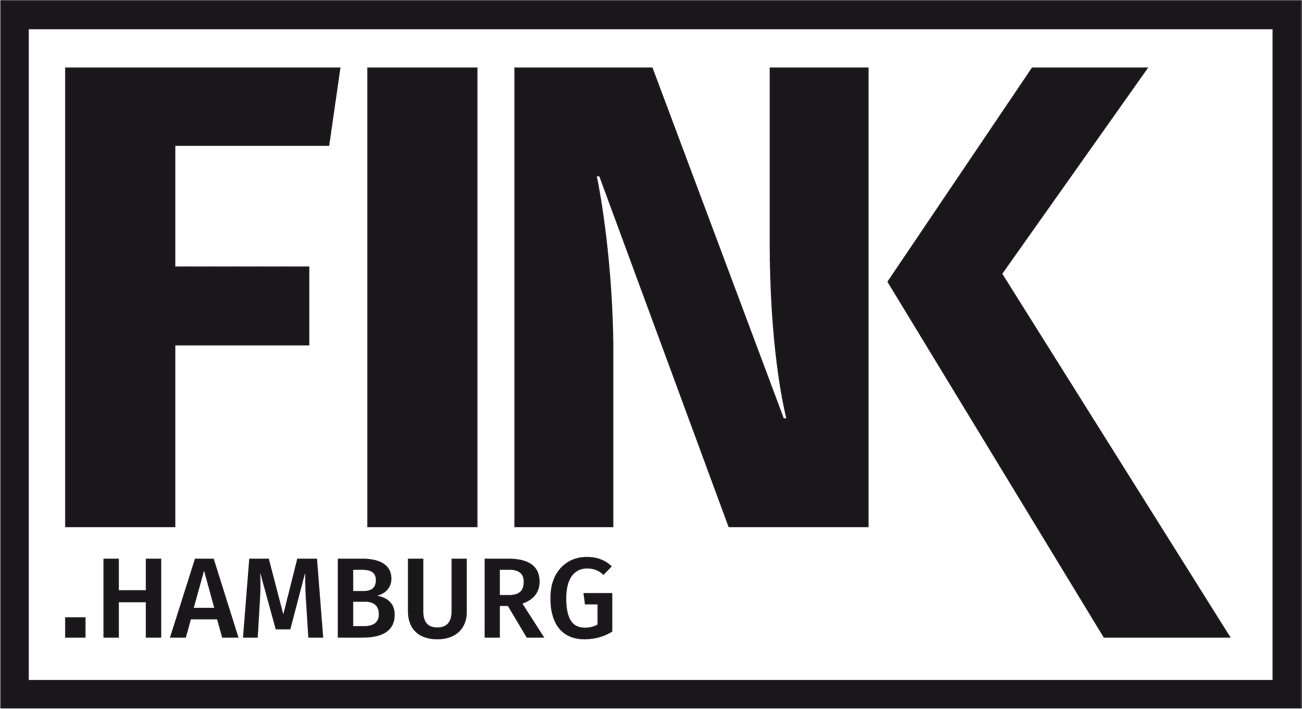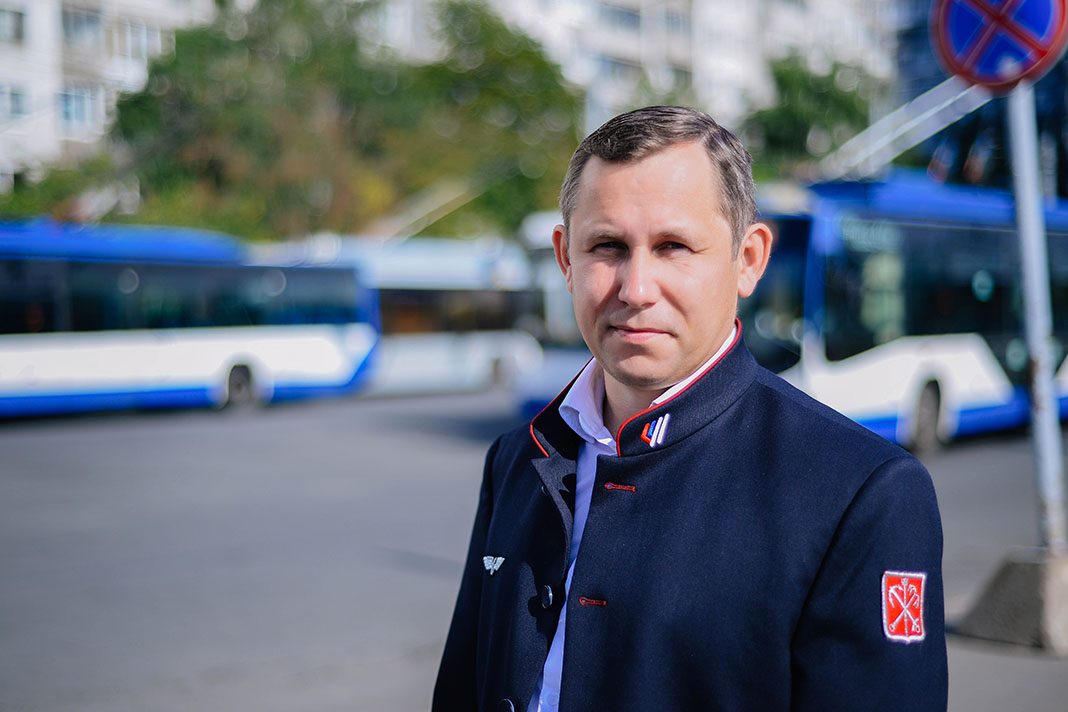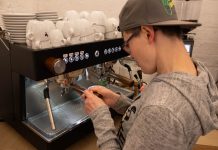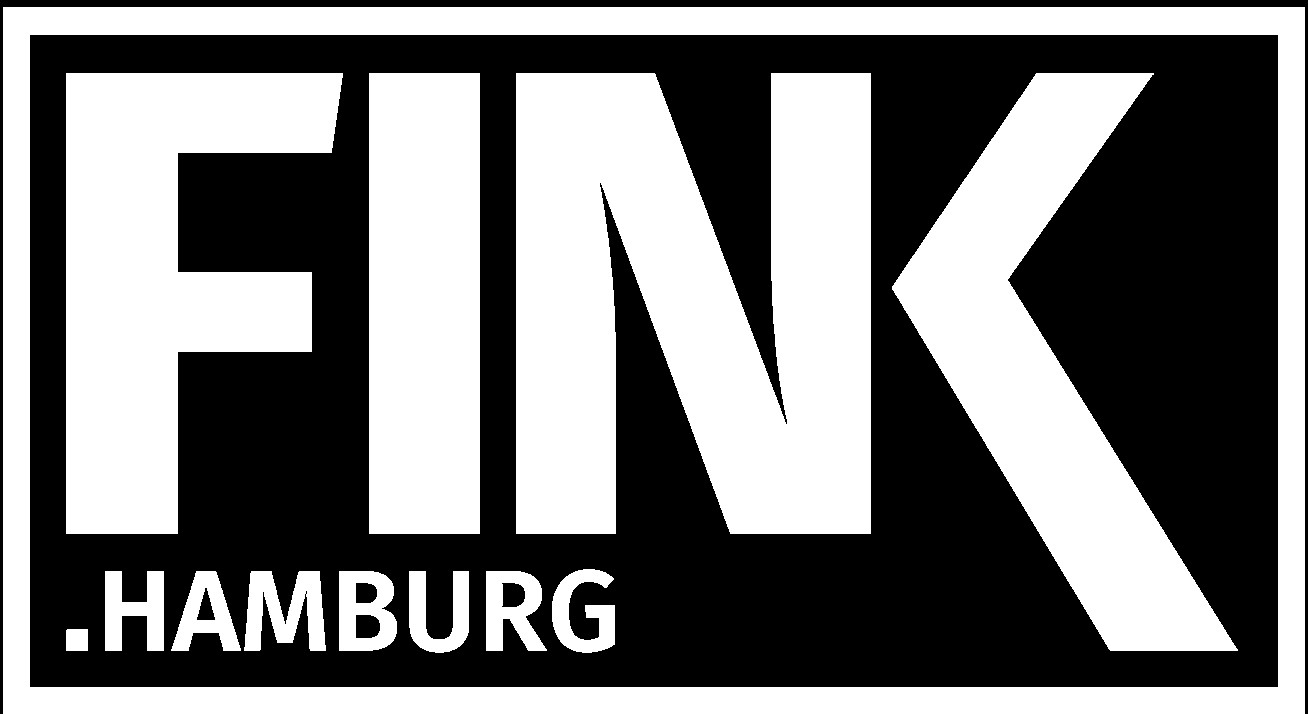Hamburg and Saint Petersburg are twin towns, but family members do not always look alike – especially in terms of public transportation. FINK.HAMBURG visited Saint Petersburg and discovered unique professions in both cities.
It is neither a bus nor a tram. But it has metallic horns and tendrils on its top. Its electric engine doesn’t roar. The trolleybus carries large numbers of passengers – and it is an environment-friendly mean of public transport.
Trolleybusses use so-called contact lines. The wires above the road are used to charge the vehicle. Currently, Saint Petersburg has the largest trolleybus-system in Russia. 432 persons become trolleybus drivers every year.
The most important thing is safety
Eugene Dolotov (Eвгений Долотов) works as a trolleybus driver since twenty years. He likes his job because he wants to help people.
“What I like about being a trolleybus driver is the fact that you’re serving the people. I also see trolleybus as an alternative to other public transport vehicles. It is environmentally friendly and it carries as many people as the bus or the tram.
The main challenge for drivers of a trolleybus is multitasking: They need to be aware of both: the traffic and the contact line above. However, we grow accustomed to it the more we practice.
Nowadays, there are new types of trolleybuses. They can move without the contact line for approximately forty percent of the route. This is especially important since cities grow and trolleybuses need to be able to reach new careas without any contact lines.
The new buses are also quite comfortable. I believe that this workplace is one of the reasons why people want to become trolleybus drivers. Currently the profession is highly demanded.
As an instructor for newscomers I drive mostly older trolleybuses. Young drivers have to practice with the older models first, before they proceed driving the newer ones.
There are competitions for trolleybus drivers
Everyone who wants to work as a trolleybus driver has to study. There is a special center for trolleybus drivers in Saint Petersburg. There you study engineering as we need to understand how the trolleybus works; we learn about traffic regulations, the culture of servicing and other subjects. Personally I never had problems with studying. I had great teachers.
I usually work four days a week. The shifts vary during the week; some are longer and others are shorter. They start at different dates as all trolleybuses cannot move out at the same time. Being on time is very important to me. It is only topped by the priority of safety as we are responsible for the passengers’ lives and health.
We have professional competitions for trolleybus drivers all around the country. I have participated in a couple of them and won some prizes. However, I have stopped participating since I want younger drivers to have opportunities at these competitions, too. They are the future of this profession as much as trolleybus is the future of transport.”
Dieser Text ist im Rahmen des Studierenden-Austausches der HAW Hamburg und der School Of Journalism and Mass Communication der State University St. Petersburg entstanden. Russische und deutsche Studierende haben dafür in journalistischen Tandems zusammengearbeitet.
Authors from St. Petersburg:
Melanie Weimann, Jahrgang 1992, ist in ihrem Leben zwölf Mal umgezogen – einmal davon mit dem Flixbus. In Ansbach studierte die gebürtige Fränkin Ressortjournalismus mit Schwerpunkt Medizin und Biowissenschaften. Im Anatomiekurs hielt sie sogar einmal ein menschliches Herz in den Händen. Ihr Studium schloss sie allerdings in der Medienethik ab: mit einer Analyse über Jan Böhmermanns Schmähgedicht und vermutlich dem Weltrekord von Schimpfwörtern in einer wissenschaftlichen Arbeit. Später zog sie von München über Nürnberg nach Berlin, wo sie in einer Agentur und in Startups in der PR und Unternehmenskommunikation arbeitete. Unter anderem betreute sie einen Hersteller von Luxus-Hundebetten, eine Plattform für Smart Home und organisierte Events für die Dating-App Tinder: Mate, Calls und Pitches inklusive.
Kürzel: mew








